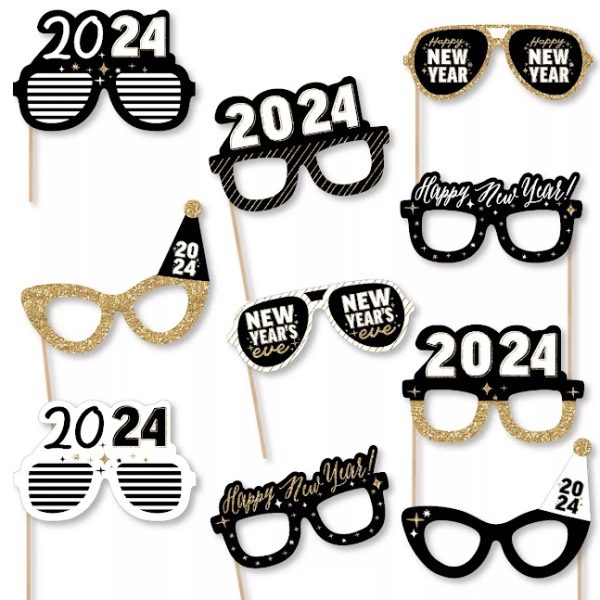Communication for the deaf are varied
There are many things you can communicate by using ASL. For example, this image shows the first half of the sign for “friendship” in ASL!
American Sign Language (ASL) is a visual language that is used to communicate with people who are deaf. It gives information to the eyes by having the person do hand movements, hand placements, and expressions to convey the information.
The complicated language means it is not universal. People around the world use different languages orally, and the same is true for sign language. American Sign Language is mostly used in the United States and parts of Canada.
ASL has unique rules, grammar, and syntax and, like spoken language, it is still growing and changes over time.
Using an organized form of sign language started over 250 years ago in France, intermixing local sign languages and organized French Signs.
See Sign is different from ASL, using more direct meanings, but with some adoption of elements from American Sign Language.
Before video conferencing was in wide use, deaf people still needed to communicate when they were apart from each other. Many still use a TTY, which stands for Teletypewriter. These are telecommunications devices for the Deaf, and TTY and Text Telephones are special telecommunications equipment used by people who cannot use a phone due to hearing loss or speech impairment.
These devices were used to send and receive text messages over telephone networks, where the sender would communicate in a text to the main line, and the operator would convert the text to spoken language, reversing the process for the individual with hearing loss.
In the past, wireline telephone and analog cellular networks generally were compatible with TTYs, but digital wireless networks were not. The inventor of TTY is Robert_Weitbrecht, a deaf scientist. He had made it in the 1960s. However there was another design for it which made it smaller. They then manufactured, marketed and made available throughout the state’s TTY equipment distribution programs.
In today’s society, however, with texting and video conferencing readily available, these devices are not as necessary, although some older adults still use them because they are more familiar with the technology.



